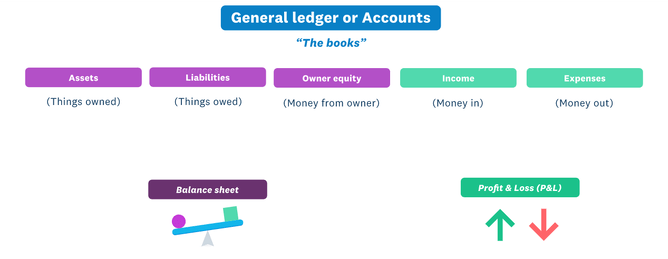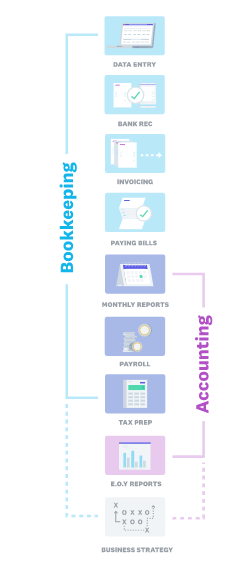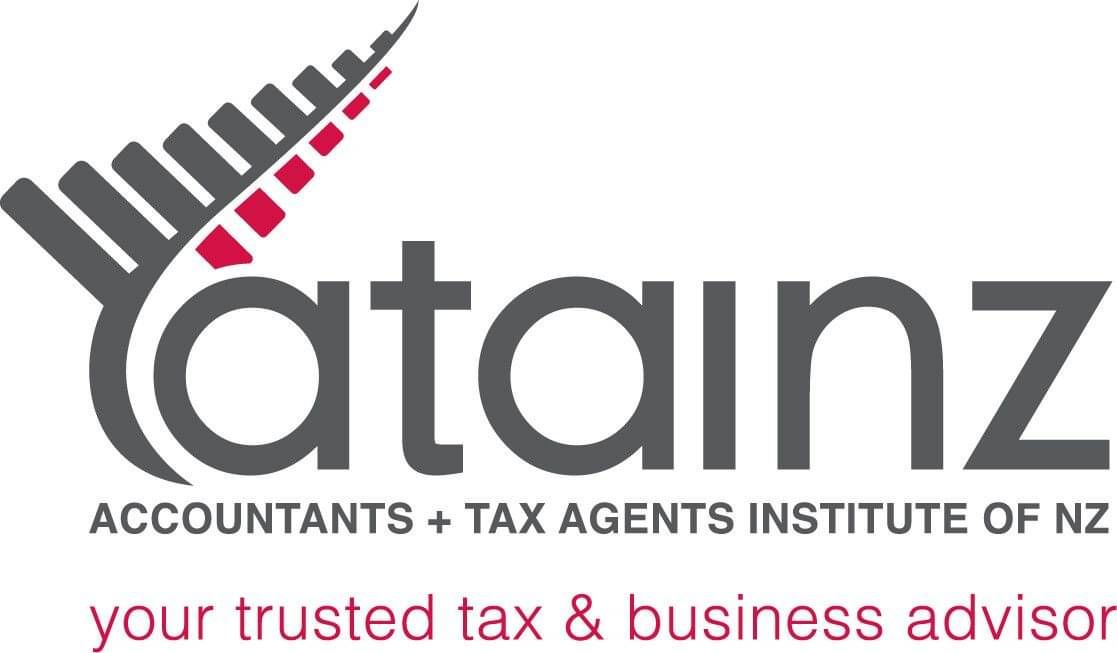Bookkeeping definition
Bookkeeping is the practice of recording and tracking the financial transactions of a business. Bookkeepers regularly summarise this activity into reports that show how the business is doing. They may also perform wider tasks such as invoicing, paying bills, preparing tax returns, monitoring key performance indicators, and providing strategic advice.
History of Bookkeeping
Evidence of financial record keeping has been found in Mesopotamia, Babylon, Sumer and Assyria as far back as 7000 BC. Archives have been discovered, showing the recording of accounts from farm produce in ancient Greece as well as from the Roman Empire.
But it’s in the 15th century that the roots of modern bookkeeping can be found. And fittingly, there are two entries in the history books for who documented the double-entry system. Some credit Benedetto Cotrugli and his 1458 book Of Commerce and the Perfect Merchant. But most regard Luca Pacioli as the father of bookkeeping, for his 1494 book Review of Arithmetic, Geometry, Ratio and Proportion.
An Italian mathematician and Franciscan monk, Pacioli wrote the first popular description of the double-entry system and the use of various bookkeeping tools such as journals and ledgers. His book became the teaching tool for bookkeeping and accounting for the next several hundred years. Bookkeeping became a recognised profession in the UK and US in the 1800s.
An introduction to bookkeeping basics
Here are some basic bookkeeping concepts and definitions that you should know. They’re central to the methods and processes that a bookkeeper follows to create accurate accounts:
Figure 1, The five accounts that make up a general ledger, and how they flow down into the main accounting reports.
Ledger: The place where business transactions are recorded and categorised.
Accounts: The categories under which all business transactions fall:
Assets: Things the business has bought and owns (or part-owns), inventory, and money owed to the business as accounts receivable.
Liabilities: Amounts the business owes in unpaid bills, taxes, wages, or loans.
Owner/shareholder equity: Money introduced and withdrawn by the owner or shareholders.
Income: Money received (mostly from sales).
Expenses: Money spent.
Financial statements: There are many financial statements but two main ones – the:
Balance sheet lists the things your business owns and their value, plus the amounts your business owes.
Profit and loss (P&L) totals the income and expenses for a set period of time and demonstrates how the business is trading.
Chart of accounts: Accounts are the basis of all transactional coding and double-entry bookkeeping. They help categorise types of assets, liabilities, income and expenses. They’re also called general ledger codes.
Journal entry: The name given to any record made in the accounts.
The difference between bookkeeping and accounting
Bookkeeping traditionally refers to the day-to-day upkeep of a business’s financial records. Bookkeepers used to simply gather and quality-check the information from which accounts were prepared. But their role has expanded over time, and we’ll look at how in the next chapter.
Accounting refers to the analysis, reporting and summarising of the data that bookkeepers gather. Accounting reports give a picture of the financial performance of a business, and determine how much tax is owed.
An accounting degree requires deep education and training in tax and other laws with which businesses need to comply, plus finance and business management. While some bookkeepers may have developed similar skills, that level of training isn’t required to be called a bookkeeper.
There are professional associations that can provide bookkeeping training and certification. Learn more about training to become a bookkeeper.
Figure 2, Bookkeeping and accounting have a lot of overlap depending on the specific skills and focus of the people who fill the roles.







